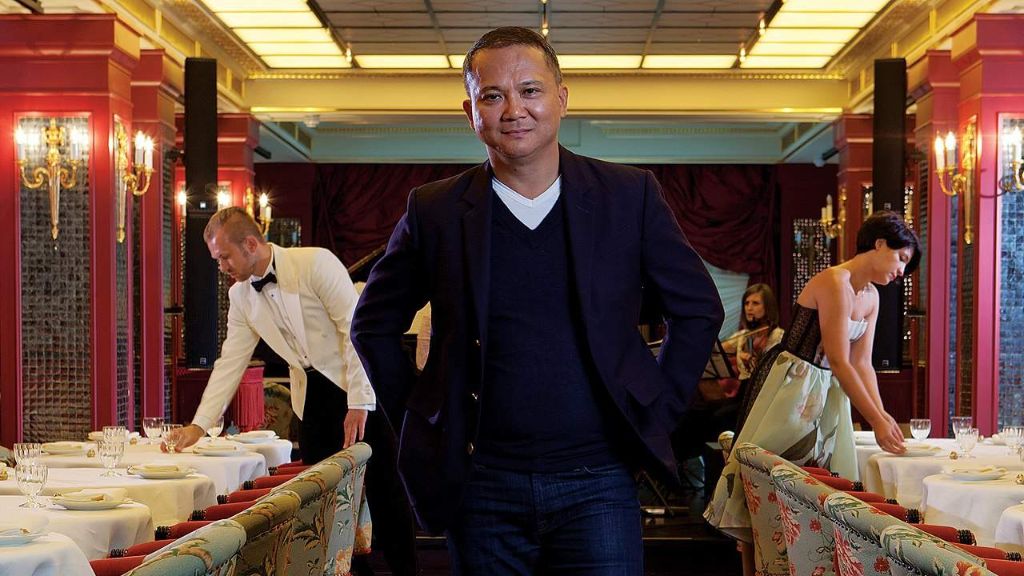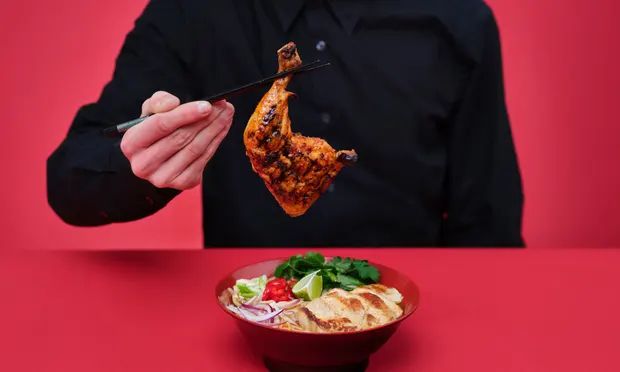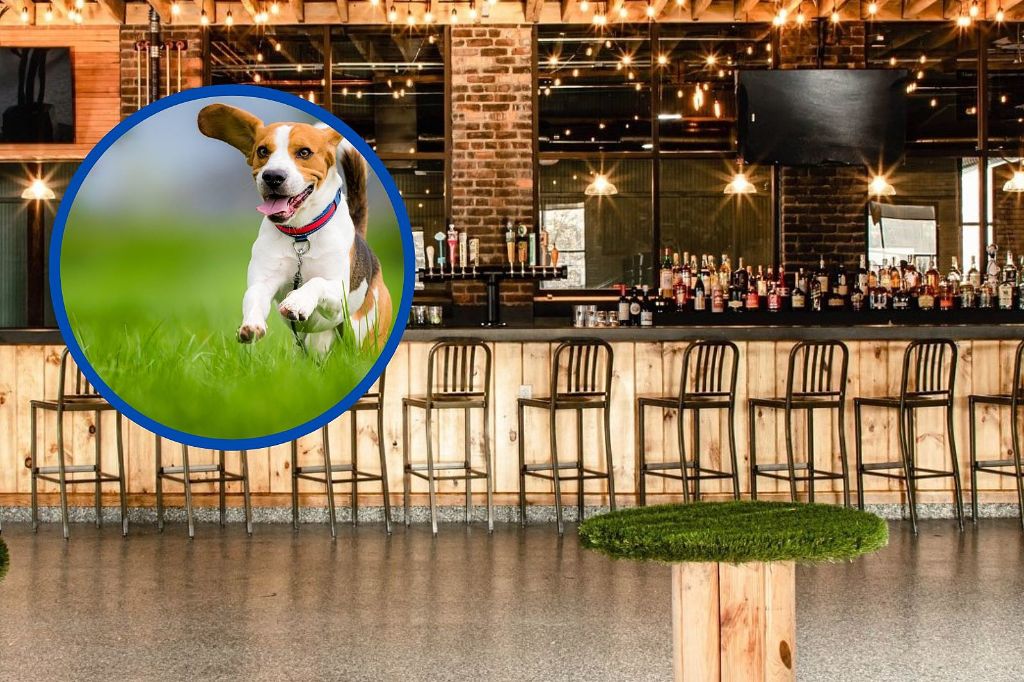Introduction
Wagamama is a popular Asian food restaurant chain that serves Japanese ramen and pan-Asian dishes. The company was founded in 1992 by Alan Yau, a restaurateur who also started other successful London restaurants like Hakkasan and Yauatcha. The first Wagamama opened in London’s Bloomsbury area and specialized in affordable, fresh, and flavorful noodle soups and rice dishes inspired by Japanese and Asian cuisine.
Wagamama’s Origins
Wagamama was founded in 1992 by entrepreneur Alan Yau, who opened the first location in Bloomsbury, London. Yau was inspired by Japanese ramen bars and wanted to bring their informal dining style and Asian flavors to London. As described in an article on Alan Yau’s net worth, “The first Wagamama was opened in 1992 in Bloomsbury, London, founded by Alan Yau, who subsequently created the Chinese restaurants Busaba Eathai and Hakkasan.”

The original restaurant had minimal decor and focused on serving fresh, flavorsome ramen and donburi. Yau wanted customers to feel comfortable slurping noodles and sharing dishes in an informal, communal setting. This laidback approach was unique for London restaurants at the time.
First Restaurant
The very first Wagamama restaurant opened in Bloomsbury, London, in 1992. It was founded by Alan Yau, who got the inspiration for Wagamama after eating at cheap noodle bars while traveling in Japan. The name “Wagamama” translates to “selfish” in Japanese but is also meant to convey that the diners, not the chefs, are in control. Yau wanted to bring fast, fresh Asian food to London that was affordable and served in a casual, communal setting.
The original Wagamama location opened near London’s Russell Square, close to several universities. This first restaurant had long wooden tables where diners sat together on benches. The open kitchen allowed customers to see their ramen being freshly prepared. While noodles were the focus, the restaurant also served rice dishes, salads, and sides to share. This first location helped spark London’s growing appetite for Asian food in the 1990s.
Expansion in the UK
Wagamama experienced rapid growth across the UK starting in the 1990s. In 1992, the first Wagamama restaurant outside London opened in Leeds (Source). Throughout the 1990s, Wagamama continued expanding across the UK, opening locations in cities like Manchester, Birmingham, and Glasgow.

The expansion accelerated in the 2000s. In 2008, Wagamama announced plans to open 20 new locations in the UK over two years (Source). By 2011, there were over 110 Wagamama restaurants across the UK. Wagamama’s rapid growth transformed it into one of the most recognizable high street dining brands in Britain.
International Expansion
Wagamama first expanded internationally in 1996 when it opened a restaurant in Amsterdam, Netherlands (https://uploads.strikinglycdn.com/files/18a96947-9daf-4a47-8bec-23d6b87a9325/givanu.pdf?dclid=CMmwt8vToIEDFciTgwgd7e4Png). After finding success in the Dutch market, Wagamama began expanding rapidly across Western Europe and Australia throughout the late 1990s and early 2000s.
By 2001, Wagamama had restaurants operating in the Netherlands, Belgium, Denmark, Sweden, Norway, Spain, and Australia (https://uploads.strikinglycdn.com/files/18a96947-9daf-4a47-8bec-23d6b87a9325/givanu.pdf?dclid=CMmwt8vToIEDFciTgwgd7e4Png). The company used a mix of company-owned outlets and franchising to fuel this international growth.
Wagamama’s international expansion strategy focused on entering markets with a similar consumer culture to the UK, where the brand originated. This helped ensure the concept translated smoothly across borders.
Expansion in the US
Wagamama first expanded to the United States in 2009, opening its first US restaurant in Boston, Massachusetts. The Asian-inspired noodle chain proved popular with American diners and continued expanding across the country over the next several years. By 2012, Wagamama had opened 9 locations in the US including restaurants in New York City, California, Massachusetts and Illinois.

Wagamama planned to aggressively expand its presence in the US market, with a goal of opening 100 restaurants nationwide. However, growth stalled after its acquisition by The Restaurant Group plc in 2018. Due to financial struggles, The Restaurant Group announced in 2019 that it would likely halt Wagamama’s American expansion plans for the foreseeable future to focus on turning around its other underperforming restaurant chains. As of 2022, Wagamama remains a small but beloved noodle chain in the US with just over 20 locations across the country.
Sources:
https://www.nrn.com/news/wagamama-plans-kickstart-us-growth-new-capital-and-operating-partners
Number of Locations Today
As of 2021, there were nearly 200 Wagamama locations open globally. The expansion has been rapid, from just one small restaurant in London to hundreds of locations spanning several continents. The brand now has a strong international presence.
Signature Menu Items
Wagamama is known for its fresh Asian food and signature noodle and rice dishes.
Some of the most popular items on the Wagamama menu include (Visit Dublin):
- Chicken katsu curry – Chicken coated in crispy panko breadcrumbs, covered in an aromatic curry sauce with sticky white rice and side salad.
- Yaki soba – Soba noodles with egg, peppers, beansprouts, white and spring onions. Add chicken or prawns for extra protein.
- Pad thai – Rice noodles in an amai sauce with egg, beansprouts, leeks, chilli and red onion. Add chicken or prawns for extra protein.
- Yaki udon – Thick udon noodles stir fried with chicken or prawns, egg, peppers, beansprouts and spring onions.
- Chilli ramen – A spicy chicken or vegetable ramen with noodles in a chilli and coconut milk broth, beansprouts, spring onion, chilli, coriander and fresh lime.
Wagamama takes its noodle dishes seriously. Their ramen and signature broths are cooked patiently for hours for maximum flavour. The noodles are then combined with fresh, colourful ingredients for a vibrant Asian meal.
Recent News
Wagamama has seen some exciting developments recently. In 2021, the company opened its new central kitchen and “noodle lab” test facility in London. This state-of-the-art facility will allow Wagamama to innovate and test new menu items before rolling them out to restaurants.

Wagamama also made headlines when it launched its first US location in Boston in 2016. Since then, the brand has expanded across major US cities like New York and San Francisco. The US expansion shows that Wagamama’s Asian-inspired cuisine has global appeal.
In 2022, Wagamama plans to open 10 new locations in the US as part of an aggressive growth strategy. The company sees a lot of potential in bringing its pan-Asian food to American consumers. As tastes continue to evolve in the US, Wagamama is well-positioned to capitalize on demand for fresh, nutritious and flavorful Asian cuisine.
Conclusion
Wagamama has grown from humble beginnings as a single restaurant in London to become an international dining sensation. The brand’s fun, fresh take on Asian cuisine has proven immensely popular around the world. From that first restaurant in 1992, Wagamama now has over 200 locations globally across Europe, the United States, and beyond.
Signature menu items like chicken katsu curry, ramen, teppanyaki, and fresh juices are now enjoyed by millions of customers annually. While staying true to its roots, Wagamama continues to innovate and expand its offerings. Recent initiatives like vegan menus and food delivery show a willingness to evolve with the times.
With its colorful, youthful vibe and delicious food, Wagamama has become a go-to destination for Pan-Asian fare worldwide. The brand’s phenomenal growth over 30 years is a testament to the universal appeal of its craveable flavors and fun, friendly dining experience.
